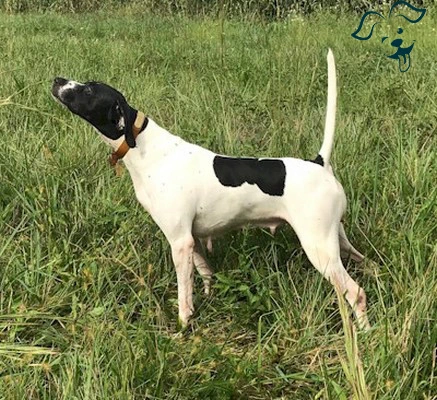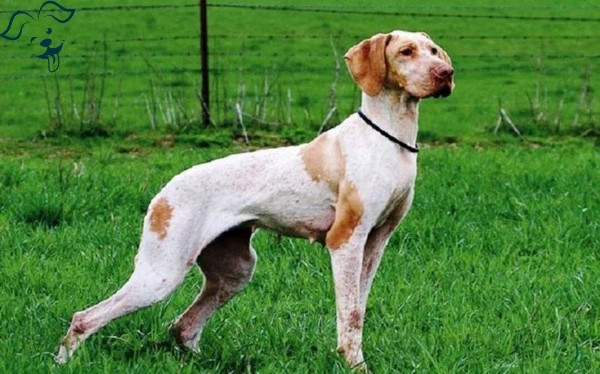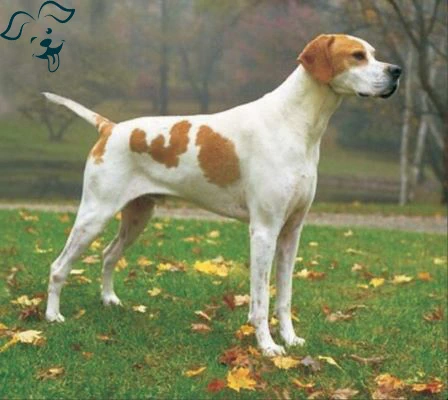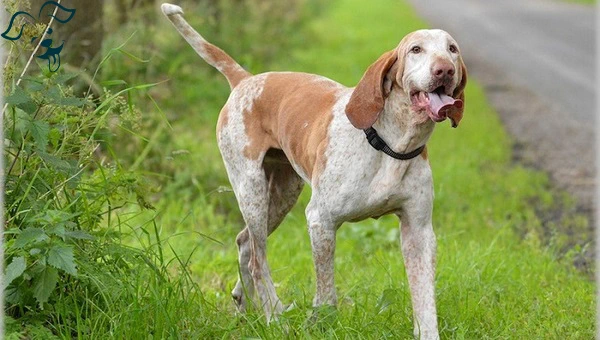CARING WITH FAMILY
|
| It's important to note that individual dogs within a breed can also vary in their affectionate behavior. Some breeds are naturally more inclined to form strong bonds with their owners or immediate family members often displaying loyalty and attachment primarily towards them. On the other hand, certain breeds tend to be more extroverted and social, readily showing affection to family members friends and even strangers they are familiar with. |
LOVE WITH CHILDREN
Unwise
Good With Children
|
| The level of tolerance and patience a breed demonstrates towards children's behavior along with its overall family-friendly nature is an important aspect to consider. When it comes to interactions between dogs and young children or children of any age who have limited exposure to dogs it is essential to ensure that dogs are always supervised. |
BEHAVIOR WITH DOGS
Unwise
Good With Other Dogs
|
| When considering the general friendliness of a breed towards other dogs, it's important to note that individual dogs may display varied levels of sociability and compatibility. While all interactions and introductions between dogs should be supervised certain breeds may have a greater inclination to get along with other dogs, both within their home environment and in public settings. |
SHEDDING LEVELS & MANAGEMENT
No Shedding
Hair Everywhere
|
| Considering the amount of fur and hair a breed tends to leave behind is an important factor to consider. Breeds with high shedding tendencies will typically require more frequent brushing to manage the excess hair. Additionally, these breeds are more likely to trigger allergies in sensitive individuals making it crucial to be mindful of this factor. Moreover, due to their shedding these breeds may also require more consistent vacuuming and the use of lint-rollers to maintain a clean and fur-free environment. |
COAT GROOMING STANDARDS
|
| The grooming needs of different breeds can vary significantly so it is essential to consider the frequency of bathing, brushing, trimming, and other coat maintenance tasks when selecting a breed. The amount of time, patience and budget you have available for grooming should also be taken into account. |
DROOLING INTENSITY
Less Likely to Drool
Always Have a Towel
|
| Taking into consideration a breed's tendency to drool is important, especially if you value cleanliness and prefer to avoid excessive slobber. Some breeds are more prone to drooling and they may leave ropes of slobber on your arm or cause big wet spots on your clothes. If you are a neat freak or have a strong aversion to slobber, it might be best to choose a breed that is known for minimal drooling. These breeds typically have less pronounced jowls or a tighter mouth structure reducing the amount of drool they produce. |
COAT STYLES GUIDE |
| Smooth |
| COAT SPECTRUM |
| Short |
FRIENDLINESS
Reserved
Everyone Is My Best Friend
|
| When considering a breed's behavior towards strangers, it's important to note that different breeds can exhibit various levels of friendliness or reserve. While some breeds may be more reserved or cautious around strangers regardless of the location others may be inherently friendly and open to meeting new people. |
LIVELINESS
Only When You Want To Play
Non-Stop
|
| The level of enthusiasm for play can vary among different breeds, even as they grow beyond the puppy stage. While some breeds may retain their playful nature well into adulthood and continue to enjoy activities like tug-of-war or fetch others may become more content with leisurely activities or simply relaxing on the couch with their owners. |
VIGILANCE INTENSITY
What's Mine Is Yours
Vigilant
|
| The tendency of a breed to alert you about strangers can be an important factor to consider. Some breeds are more vigilant and alert when it comes to potential threats including unfamiliar people. They may have a natural instinct to react and notify their owners when they perceive something or someone as a potential danger. These breeds are typically more prone to barking or displaying other visible signs of alertness when they sense the presence of strangers. They may be attentive and responsive to any potential threat, whether it's the mailman, a visitor, or even a small animal outside. |
ADAPTATION CAPACITY
Lives For Routine
Highly Adaptable
|
| The adaptability and ease with which a breed handles change can vary. Some breeds are more adaptable and flexible when it comes to changes in living conditions, noise levels, weather, daily schedules and other variations in day-to-day life. These breeds are typically more resilient and able to adjust to different environments and circumstances without much difficulty. Such adaptable breeds can handle changes more smoothly and may require less time to acclimate to new living conditions or routines. They tend to be more tolerant of changes in their surroundings and are generally better equipped to handle variations in their daily lives. |
OBEDIENCE LEVEL
Self-Willed
Eager to Please
|
| The ease of training and the willingness of a dog to learn new things can vary depending on the breed. Some breeds show a strong desire to please their owners and possess a natural inclination towards learning and following commands. They are often eager to engage in training sessions and strive to make their owners proud. These breeds tend to be more responsive and cooperative during training making the process relatively easier. They enjoy the mental stimulation that training provides and readily embrace new challenges and commands. Their inherent willingness to learn makes them highly trainable and adaptable to various training methods. |
STAMINA LEVEL
|
| The ease of training and the willingness of a dog to learn new things are important aspects to consider. Certain breeds demonstrate a strong desire to make their owners proud and are generally receptive to training. Conversely, other breeds may have a more independent nature preferring to prioritize their own desires and act as they please regardless of commands or training efforts. |
VOCALIZATION
|
| Medium |
LEARNING CURIOSITY LEVEL
Happy to Lounge
Needs a Job or Activity
|
| Providing adequate mental stimulation is essential for keeping a breed happy and healthy. Purpose-bred dogs, who have specific jobs or roles, often require mental challenges to fulfill their instincts and natural abilities. These breeds thrive on activities that involve decision-making, problem-solving, concentration and tasks that engage their cognitive abilities. Without sufficient mental exercise, these intelligent breeds may resort to creating their own ways to keep their minds occupied which may not align with the activities you would prefer. They may exhibit undesirable behaviors or engage in destructive actions as a means of compensating for the lack of mental stimulation. |
| COLORS |
|
Description
|
Registration Code
|
|
Black & White
|
019
|
|
Lemon
|
114
|
|
Lemon & White
|
115
|
|
Liver
|
123
|
|
Liver & White
|
125
|
|
Orange
|
133
|
|
Orange & White
|
134
|
|
White
|
199
|
|
Black
|
007
|
|
| PATTERNS |
|
Description
|
Registration Code
|
|
Ticked
|
013
|
|
Black Points
|
019
|
|
Liver points
|
444
|
|
Self-colored points
|
445
|
|






























FRIENDLINESS
LIVELINESS
VIGILANCE INTENSITY
ADAPTATION CAPACITY